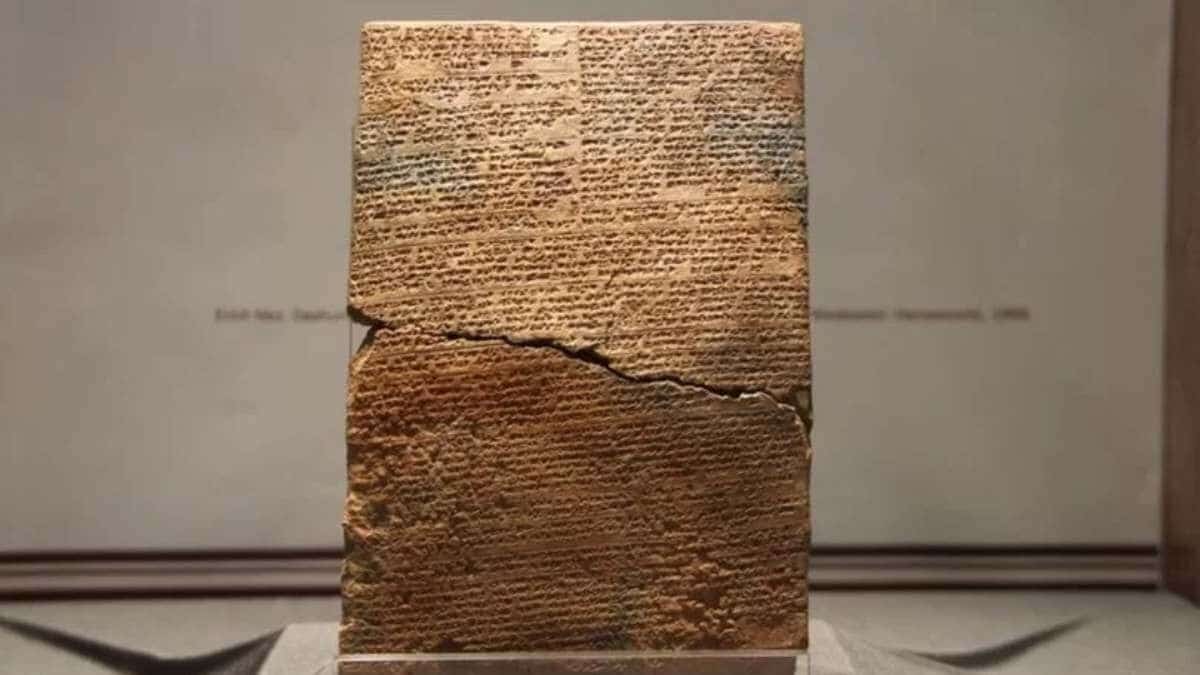Hidden among thousands of ancient Hittite clay tablets, archaeologists have uncovered a linguistic gem that’s reshaping our understanding of Bronze Age civilizations. This remarkable finding at Turkey’s Boğazkale-Hattuša site has sent ripples through the academic community, offering new insights into the cultural complexity of the ancient Hittite empire.
Unearthing an unknown language in ancient tablets
The archaeological site of Boğazkale-Hattuša has been a treasure trove of historical artifacts for more than a century. Located in central northern Turkey, this former Hittite capital continues to yield extraordinary discoveries despite decades of excavation. Among the most significant recent findings is the identification of an entirely unknown language embedded within the cuneiform script of ritual texts.
Archaeologists analyzing the collection of approximately 30,000 clay tablets made this breakthrough during what seemed like routine research. While examining tablets primarily written in Hittite-Nesite (considered the oldest documented Indo-European language), researchers identified passages written in a previously unrecognized linguistic system.
What makes this discovery particularly valuable is its context. The unknown language appears within ritual texts otherwise written in the well-understood Hittite language, providing crucial contextual clues for future decipherment efforts. A German university recently announced these findings, highlighting their significance for understanding ancient Near Eastern cultural interactions.
The C/2024 G3 (Atlas) Comet Will Be Visible to the Naked Eye from Earth: A First in 160,000 Years
At just 16, he’s been accepted by 185 universities and offered $9 million in scholarships
Linguistic diversity in the Hittite empire
The Hittite civilization, which flourished between 1600-1180 BCE, was remarkably cosmopolitan in its approach to language and culture. This latest discovery reinforces what experts have long suspected: the Hittites were linguistic collectors who incorporated multiple languages into their official and religious texts.
Several theories have emerged regarding the origin of this newly discovered language:
- It may have originated from the historical region of Kalašma
- It could share connections with the ancient city of Bolu
- Possible links to the language spoken in Bronze Age Troy
- Potential relationships with the Luwian language family
This linguistic diversity points to a far more complex cultural landscape than previously understood. The Hittites apparently maintained connections across vast geographical areas, facilitating cultural exchanges that influenced their religious practices and written traditions.
Historical impact and future research directions
This 3,500-year-old linguistic discovery has significant implications for our understanding of Bronze Age civilizations. The finding suggests that many more unknown languages might still be hidden within the thousands of tablets awaiting detailed analysis.
| Research Area | Potential Impact |
|---|---|
| Linguistic History | Redefining Indo-European language family relationships |
| Cultural Exchange | New evidence of intercultural connections |
| Religious Practices | Insights into multicultural ritual texts |
| Migration Patterns | Possible evidence of population movements |
Scholars are particularly excited about the potential to reconstruct previously unknown cultural networks that once defined the ancient Near East. Each tablet examined provides new pieces to this historical puzzle, revealing the intricate relationships between different civilizations during this formative period.
The ongoing archaeological work in Turkey continues to unearth fragments that contribute to our understanding of these ancient societies. As researchers meticulously document and analyze these findings, we gain unprecedented insights into how diverse cultures interacted and influenced one another thousands of years ago.
A Firefighter Finds a Baby Girl in a Safe Haven Box and Decides to Take Her In
Highly Intelligent People Often Display These Four Habits Without Realizing They Signal Their Brilliance
Reimagining the ancient world
This remarkable discovery invites us to reconsider our assumptions about ancient civilizations. Rather than isolated societies developing independently, the evidence increasingly points to interconnected cultural webs spanning vast geographical regions. The Hittites, far from being a monolithic empire, appear to have been cultural bridges connecting diverse linguistic traditions.
As excavation work continues at Boğazkale-Hattuša and similar sites, archaeologists anticipate uncovering additional evidence that will further transform our understanding of Bronze Age societies. Each clay fragment holds potential clues about languages, cultural practices, and historical events that have remained hidden for millennia.
The identification of this unknown language reminds us that our knowledge of ancient history remains incomplete. Despite a century of dedicated archaeological work, the soil of Turkey still harbors countless secrets waiting to be revealed, each promising to add rich new dimensions to the story of human civilization.







